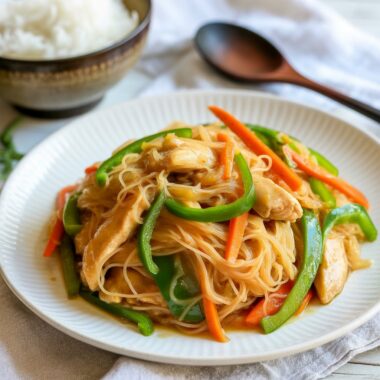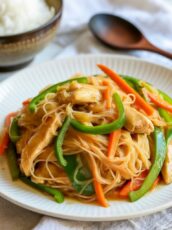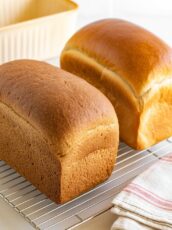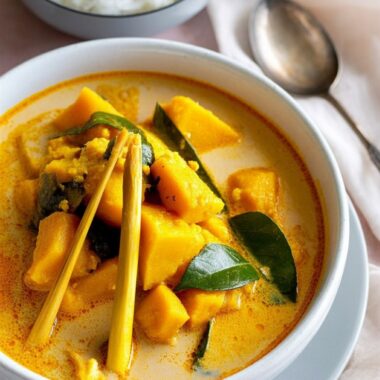Champorado is one of those dishes that just feels like home, even if you didn’t grow up with it. It’s a Filipino classic — a warm, slightly sweet chocolate rice porridge that’s perfect for breakfast, but let’s be honest, I’ll happily eat it anytime. Cold mornings, rainy afternoons, late-night cravings? This works for all of them.
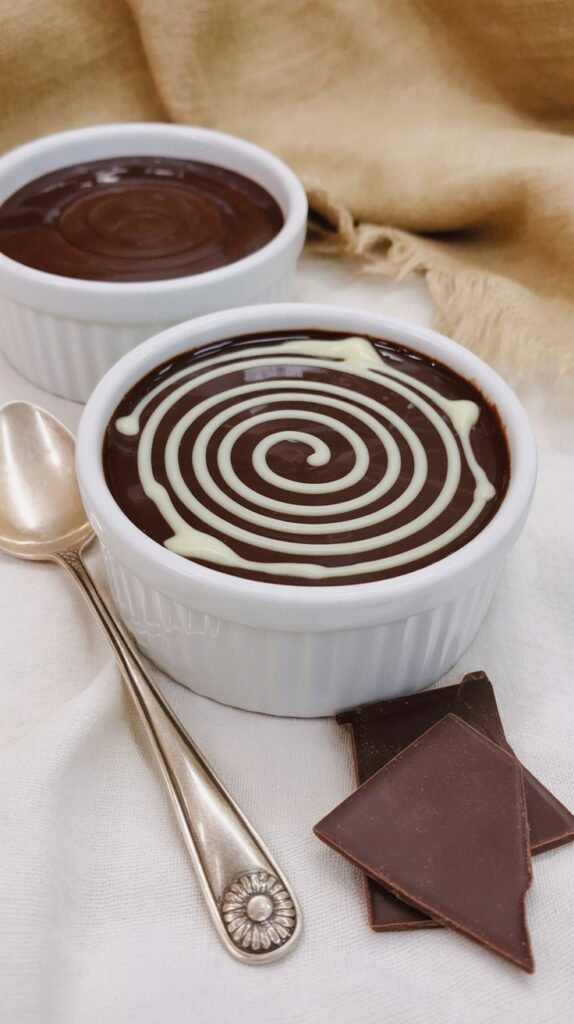
The texture is somewhere between rice pudding and hot cocoa — rich, smooth, and comforting. If you’ve never had chocolate and rice together, it might sound a little unusual, but once you try that first spoonful, you’ll get why so many folks grew up loving this.
Where Champorado Comes From
The backstory of champorado is just as interesting as the dish itself. It’s believed to have come from champurrado — a thick Mexican drink made with chocolate and masa harina (corn flour). When it made its way to the Philippines, corn was swapped for rice — a smart and natural adaptation, since rice is such a staple in Filipino cooking.
I also get big arroz con leche (Spanish rice pudding) vibes from champorado — that same cozy feeling, but with a chocolatey twist. The Philippines has a knack for taking global dishes and giving them a local flavor, and champorado is a perfect example of that.
What Kind of Rice Works Best?
Champorado gets its signature texture from sticky rice — also known as glutinous rice or sweet rice. The name always throws people off, but there’s no gluten in it. It just gets that lovely, gooey texture when cooked, which is exactly what we want here.
You’ll find both long and short grain versions. For champorado, short grain is usually preferred. It holds the chocolate well and gives that soft, almost chewy bite. I usually find it in Asian grocery stores, and once you get a bag, you can use the rest for desserts like sticky rice with mango, or even homemade mochi if you’re feeling adventurous.
That said, if all you’ve got is jasmine or another type of white rice, it’ll still work — the texture just won’t be as thick and creamy.
Choosing Your Chocolate
Traditionally, champorado is made with tablea — those rustic chocolate disks made from pure roasted cacao. They’re rich, slightly gritty, and unsweetened. In the Philippines, tablea is used for everything from hot chocolate to rice porridge, and it’s got a bold, earthy flavor.
If you don’t have access to tablea (it can be tricky to find outside of Filipino stores), a good quality unsweetened cocoa powder is the next best thing. I’ve used both, and while tablea has that deep nostalgic flavor, cocoa powder gives a smooth, predictable result.
Just make sure you bloom the cocoa or melt the tablea in hot water first. This helps prevent lumps and makes mixing easier once it hits the rice. I’ve made the mistake of tossing in cocoa straight into the pot — ended up chasing clumps of dry powder around the porridge for five minutes.

A Few Tips From My Kitchen
- Use hot water to bloom the chocolate. This simple step makes a huge difference. It helps the cocoa powder dissolve fully or melts the tablea evenly. You’ll get a silky consistency without surprise bits.
- Don’t rush the rice. Let it simmer gently. The slow cook helps the starches break down and gives you that creamy, pudding-like texture that makes champorado so satisfying.
- Stir often. Sticky rice lives up to its name. Stirring keeps things from clumping or burning at the bottom.
Serving Champorado the Traditional (and Not-So-Traditional) Way
Now, this is where things get fun. On its own, champorado is already a treat. I usually finish it with a drizzle of sweetened condensed milk — it adds creaminess and balances the dark cocoa flavor beautifully.
But here’s the twist: in the Philippines, many people enjoy champorado with tuyo — a type of salty, dried fish. I know, it sounds odd if you didn’t grow up with it, but trust me — that mix of sweet and salty hits the spot. It’s like dipping your chocolate into a touch of umami. Think sea salt chocolate, but with real character.
If you’re not into the fish pairing, no worries — just stick with the condensed milk, or even a bit of evaporated milk, and you’ve still got something that’s warm, filling, and surprisingly balanced.
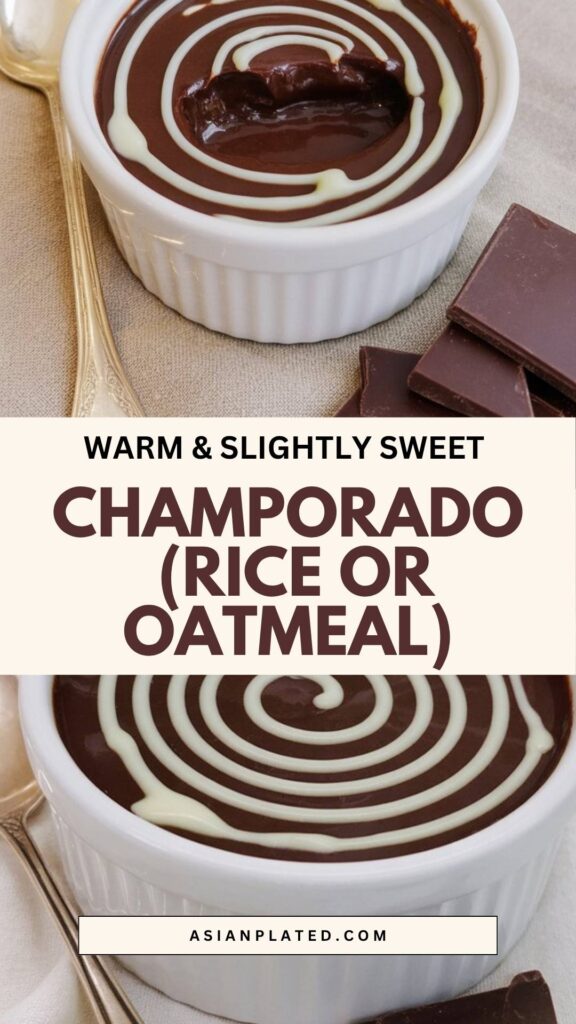
Why I Keep Coming Back to This Dish
What I love most about champorado is how it feels like a small act of kindness in a bowl. It’s easy to make, uses pantry staples, and feels like something your grandma would serve when you’re having a rough day. I make it on weekends when I want to slow things down, or when the weather turns gloomy and I need something cozy.
It’s also great for kids, by the way. Not overly sweet, just chocolatey enough, and the texture is fun — like breakfast pudding.
Champorado (rice or oatmeal)
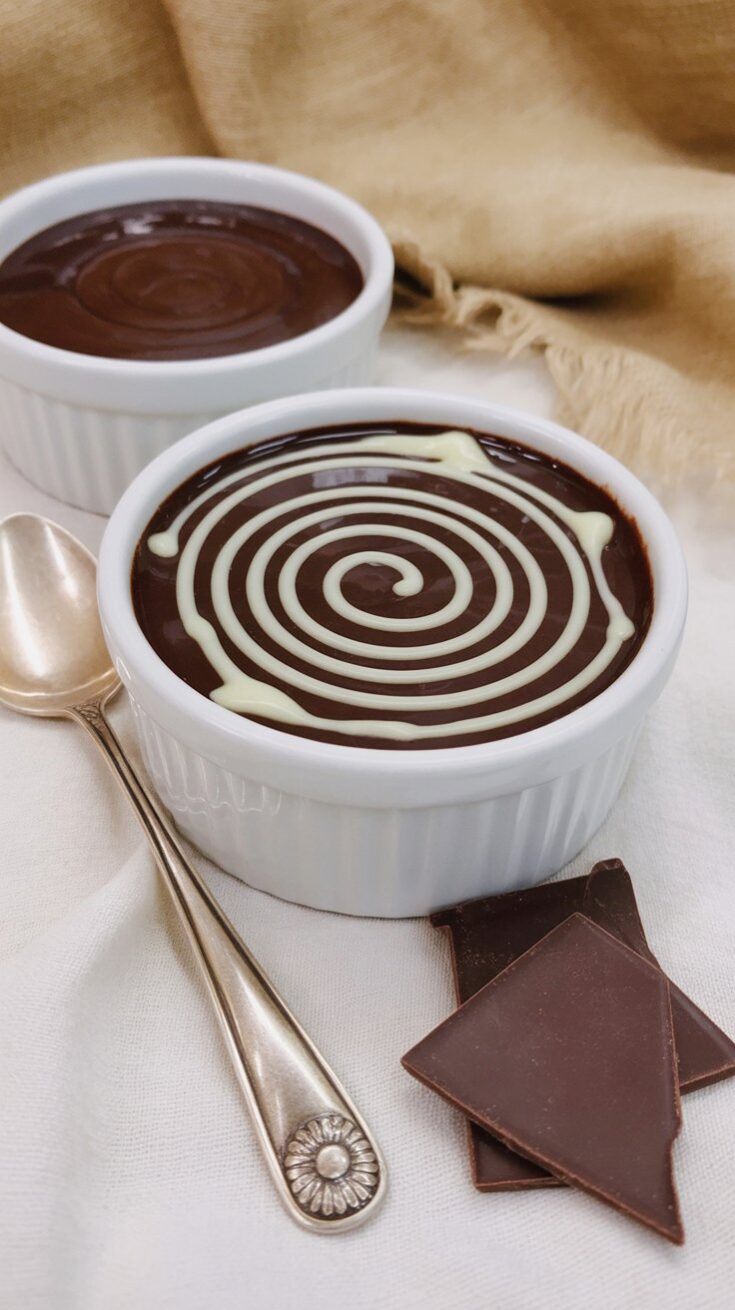
A warm bowl of champorado is pure comfort on a rainy morning or a slow weekend. This rich and chocolatey Filipino breakfast classic comes together with just a few pantry ingredients—and it’s just as cozy as it looks.
Ingredients
- ½ cup glutinous rice
- 2 cups water, divided
- ¼ cup unsweetened cocoa powder (or 2 tablets of tablea, if you have them)
- ¼ cup sugar
- 1 teaspoon condensed milk or evaporated milk, for topping
Instructions
- Start by bringing 1½ cups of water to a boil in a small saucepan. Set aside the remaining ½ cup of hot water in a separate bowl. Stir the rice into the boiling water, lower the heat, and let it gently simmer.
- Meanwhile, whisk the cocoa powder (or melt the chopped tablea) into the reserved hot water until smooth and lump-free. Once the rice starts to soften, pour in the chocolate mixture and stir well to combine.
- Keep the pot on a steady simmer, uncovered, stirring occasionally to prevent sticking. It should take about 12–18 minutes for the rice to cook through and absorb the chocolate flavor.
- Stir in the sugar and continue cooking for another 5 minutes or so, until it thickens slightly. Keep in mind that it’ll continue to thicken off the heat, so aim for a pourable, creamy texture before turning off the stove.
- Ladle into bowls and finish with a swirl of condensed or evaporated milk. Serve warm and cozy.
Nutrition Information:
Yield: 2 Serving Size: 1Amount Per Serving: Calories: 211Total Fat: 3gSaturated Fat: 1gTrans Fat: 0gUnsaturated Fat: 1gCholesterol: 6mgSodium: 33mgCarbohydrates: 43gFiber: 2gSugar: 28gProtein: 4g
Asianplated.com, occasionally offers nutritional information for recipes contained on this site. This information is provided as a courtesy and is an estimate only. This information comes from online calculators. Although allchickenrecipes.com attempts to provide accurate nutritional information, these figures are only estimates.
Final Thoughts
Champorado is one of those simple comfort foods that doesn’t try too hard — and that’s exactly why it works. It’s rich without being over the top, sweet without being sugary, and it gives you a warm, chocolate-scented kitchen while it simmers on the stove.
Whether you’re Filipino or just curious, give it a try. You don’t need any special ingredients, just rice, chocolate, and a bit of patience. That first spoonful? It’s like a warm hug you didn’t know you needed.
Try other Filipino recipes:

